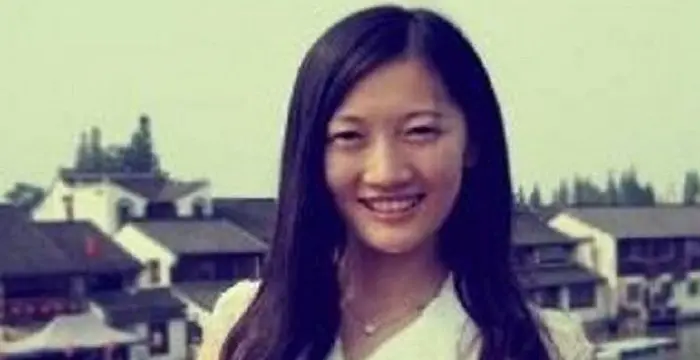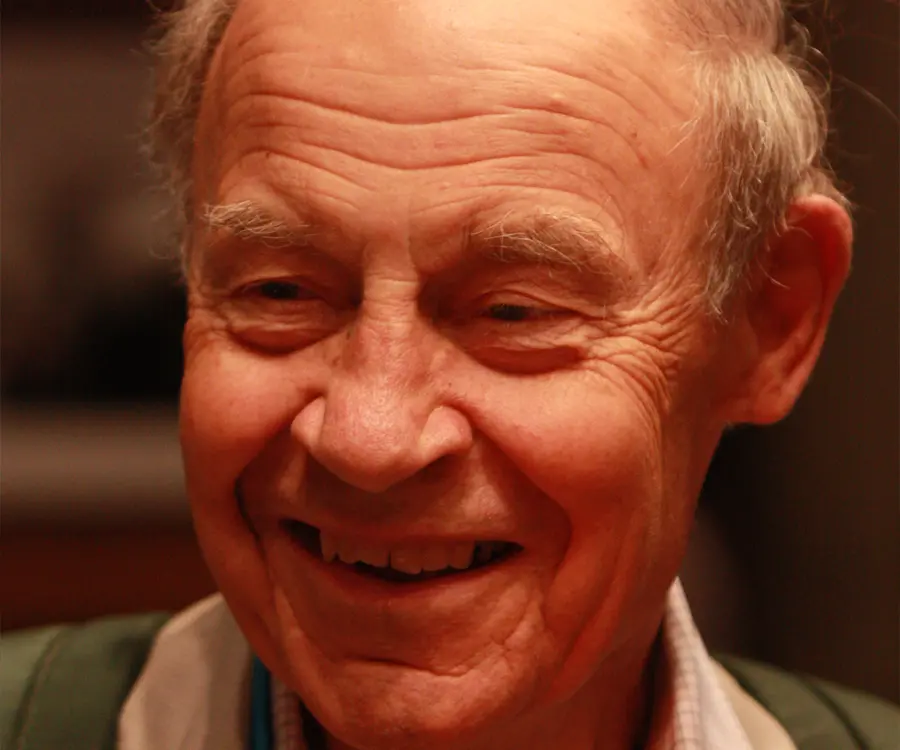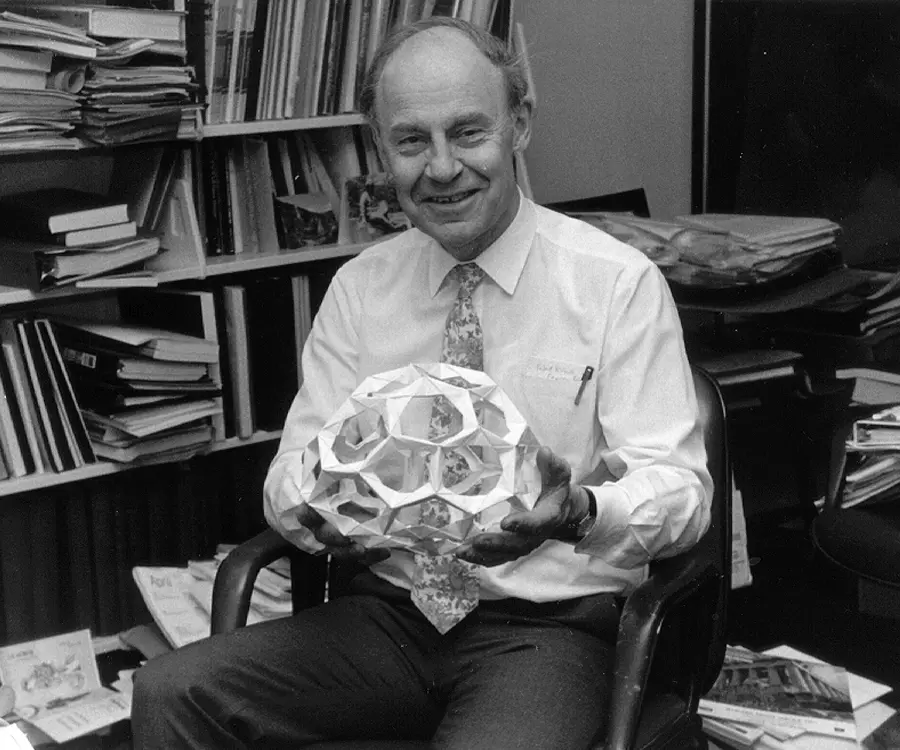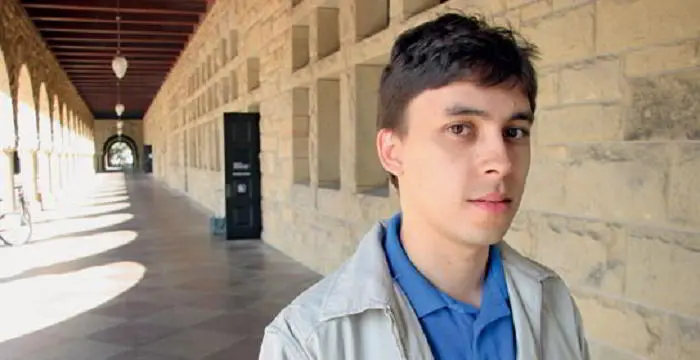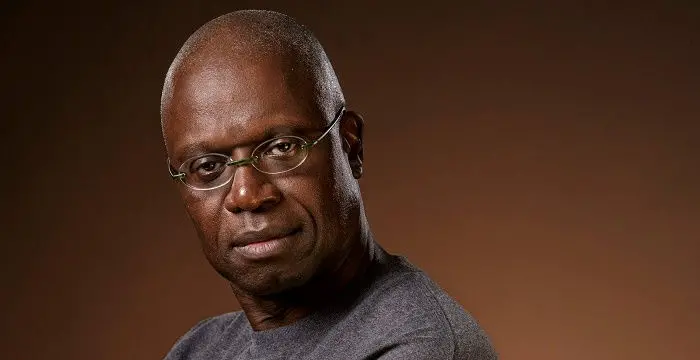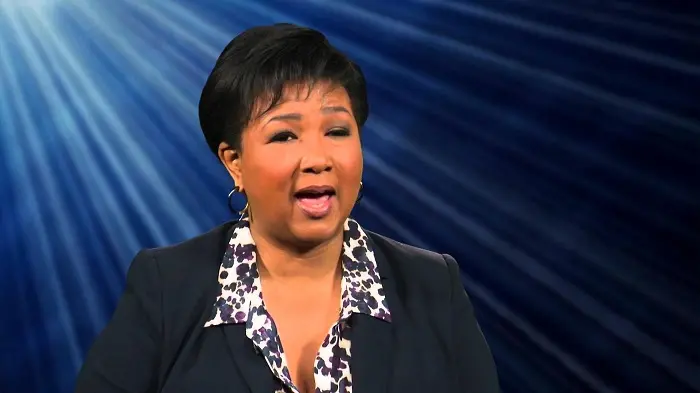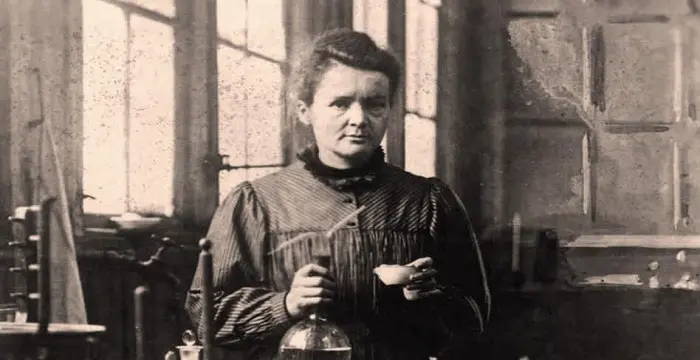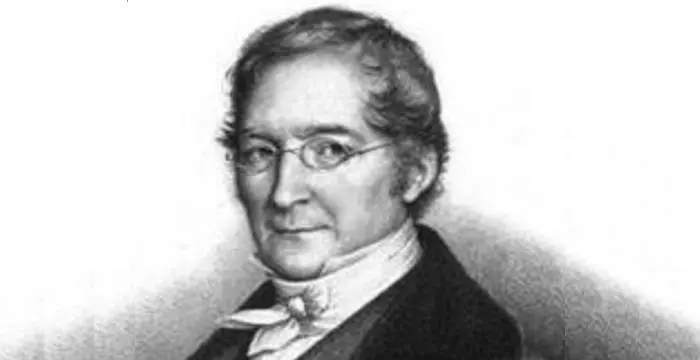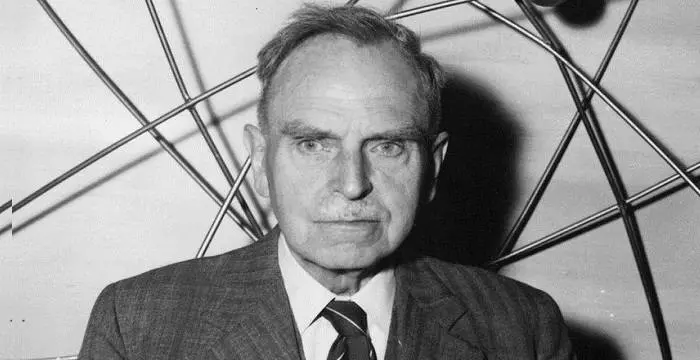
Dudley R. Herschbach - Scientists, Timeline and Childhood
Dudley R. Herschbach's Personal Details
Dudley Robert Herschbach is an American chemist and educator who won the prestigious Nobel Prize for Chemistry in 1986
| Information | Detail |
|---|---|
| Birthday | June 18, 1932 |
| Nationality | American |
| Famous | Harvard University, Stanford University, Scientists, Chemists |
| Spouses | Georgene Botyos Herschbach (chemist), m. 1964, two daughters) |
| Known as | Dudley Robert Herschbach |
| Childrens | Brenda Herschbach Jarrell (attorney), Lisa Herschbach (chemist) |
| Universities |
|
| Notable Alumnis |
|
| Birth Place | San Jose, California, United States |
| Gender | Male |
| Father | Robert Herschbach |
| Mother | Dorothy Beer Herschbach |
| Sun Sign | Gemini |
| Born in | San Jose, California, United States |
| Famous as | Chemist |
// Famous Harvard University
Bertil Gotthard Ohlin
Bertil Gotthard Ohlin was a famous Swedish economist. This biography profiles his childhood, family life & achievements.
Xi Mingze
Xi Mingze is the daughter of Chinese Leader Xi Jinping, Check out this biography to know about her birthday, childhood, family life, achievements and fun facts about her.
Susan Sontag
Susan Sontag is an American critical essayist, cultural analyst, novelist, political activist, filmmaker and playwright of international repute. Read on to find out more about her childhood, career, profile and timeline.
Dudley R. Herschbach's photo
Who is Dudley R. Herschbach?
Dudley Robert Herschbach is an American chemist and educator who, together with Yuan T. Lee and John C. Polanyi, won the prestigious Nobel Prize for Chemistry in 1986 for “their contributions towards the dynamics of chemical elementary processes”. Born in San Jose, California, he grew up in a rural setup, milking cows and feeding livestock. None of his family members had ever been to a university; however, noticing his interest in Science, his teachers arranged scholarships for him. He studied Mathematics (B.S.) and Chemistry (M.S.) at Stanford University, followed by Physics (A.M.) and Chemical Physics (PhD) at Harvard University. After receiving his doctorate degree, he taught at the University of California at Berkeley for five years. Later, he joined the faculty of Harvard, and eventually became Baird Professor of Science. To this day, he teaches graduate courses in quantum mechanics, chemical kinetics, molecular spectroscopy, and collision theory and undergraduate courses in physical chemistry and general chemistry. He and Lee invented what is popularly known as the “crossed molecular beam technique” in an endeavour to find out the changes that take place in chemical reactions. A prolific scientist, he has published over 400 scholarly papers. He is also a member of the Board of Sponsors of the Bulletin of the Atomic Scientists.
// Famous Scientists
Juliane Koepcke
Juliane Koepcke is a German-Peruvian biologist, who was the lone survivor among the 92 passengers and crew of the ill-fated LANSA Flight 508 that crashed in the Peruvian rainforest on 24 December 1971. Know more about her life in this biography.
Henry Cavendish
Henry Cavendish was a theoretical chemist and physicist, renowned for discovery of hydrogen and calculation of the mass of earth. To know more about his childhood, profile, timeline and career read on
Konstantin Tsiolkovsky
Konstantin Tsiolkovsky was a Russian rocket scientist and a pioneer of astronautics. This biography provides detailed information about his childhood, family, personal life, career, achievements, etc.
Childhood & Early Life
Herschbach was born on 18 June, 1932 in San Jose, California. He was the eldest child of Robert and Dorothy Herschbach. His father, Robert Herschbach was initially a building contractor and later became a rabbit breeder.
On his father’s side, he had English and Irish ancestry while on his mother's side he had German, Dutch, and French lineage. He had five younger siblings and the family lived in a rural region of fruit orchards, in the neighbourhood of San Jose.
He had a rather simple upbringing and spent most of his childhood milking a cow, feeding the livestock, or picking fruits. From an early age, he developed an interest in reading but at the same time, involved himself in outdoor activities like scouting, and sports.
At the age of nine, he chanced upon an Astronomy article in National Geography authored by Donald Menzel of the Harvard Observatory, which aroused his curiosity in Science. He spent the next few years making star maps and gazing at the night sky, making observations.
He attended Campbell High School and studied Mathematics and Science. His teacher, John Meischke made the subject Chemistry easier for him to understand. He also played Football in School.
Since none of his relatives had ever graduated from a university, he too did not expect to attend college. However, his teachers decided otherwise and arranged football and academic scholarships for him from some universities.
He preferred the academic scholarship over football and in 1950, enrolled in Stanford University. Though he played freshman football, he gradually gave it up to devote more time to library studies and laboratory experiments.
His chief mentor at Stanford, Harold Johnston hired him as a summer research assistant, and taught him chemical kinetics in his senior year. He also attended the lectures of Harold Bacon, George Polya, Gabor Szego, and Bob Weinstock.
He received his B.S. degree in Mathematics in 1954 and the M.S. degree in Chemistry in 1955. His Master's thesis was titled, “Theoretical Pre-exponential Factors for Bimolecular Reactions” and involved calculating Arrhenius A-factors for gas-phase reactions.
He continued his graduate study at Harvard University and received an A.M. degree in Physics in 1956 and a Ph.D. in Chemical Physics in 1958. His Doctoral Thesis, done under the direction of Edgar Bright Wilson, Jr., was titled,“Internal Rotation and Microwave Spectroscopy”.
From 1957-1959, while a Junior Fellow in the Society of Fellows at Harvard, he developed plans for molecular beam studies of elementary chemical reactions.
Career
In 1959, Herschbach joined the University of California at Berkeley, where he was initially appointed Assistant Professor of Chemistry and two years later, Associate Professor. In his early work, he collaborated with Richard Bernstein, Sheldon Datz, Ned Greene, John Polanyi, John Ross, and Peter Toennies.
At Berkeley, along with graduate students George Kwei and James Norris, he constructed a cross-beam instrument big enough for reactive scattering experiments involving alkali and various molecular partners.
In 1963, he joined the faculty of Harvard as Professor of Chemistry. There, he continued his work on molecular-beam reactive dynamics. He worked with graduate students Sanford Safron and Walter Miller on the reactions of alkali atoms with alkali halides. Away from Harvard, he was a Visiting Professor at Göttingen University in 1963.
In 1967, Yuan T. Lee joined the lab as a postdoctoral student, and together with graduate students Doug MacDonald and Pierre LeBreton, the team began to construct a ‘supermachine’ for studying collisions such as hydrogen and halogen reactions.
He became a Guggenheim Fellow at Freiburg University in 1968, a Visiting Fellow of the Institute of Laboratory Astrophysics in 1969, and a Sherman Fairchild Scholar at the California Institute of Technology in 1976.
In 1976, he was also appointed Frank B. Baird, Jr. Professor of Science at Harvard. From 1964 to 1977, he served as Chairman of the Chemical Physics programme.
He was a member of the Faculty Council from 1980 to 1983 and was Co-Master of Currier House alongwith his wife from 1981 to 1986.
He also served as a consultant to Aerodyne Corporation, the Fluorocarbon Research Panel, and Los Alamos National Laboratory. He was appointed an Exxon Faculty Fellow in 1981 and visited the Corporate Research Laboratory in New Jersey on a regular basis.
In 1986, he won the prestigious Nobel Prize in Chemistry along with Yuan T. Lee and John C. Polanyi “for their contributions concerning the dynamics of chemical elementary processes”.
In the course of his long illustrious career in research, he has published over 400 scholarly papers. He is a strong supporter of science for the common people, and frequently gives lectures to students of all ages.
In 2003, he was one of the 22 Nobel Laureates who signed the Humanist Manifesto. In September 2005, he joined the Texas A&M University faculty as a Professor of Physics, teaching one semester per year in the Chemical Physics program.
He is involved in several public services; he was a board member of the Center for Arms Control and Non-Proliferation, and the Chairman of the board for Society for Science & the Public from 1992-2010. He is also a member of the Board of Sponsors of The Bulletin of the Atomic Scientists.
Major Works
Herschbach used an emerging technique—molecular beam scattering to learn about the changes that take place during chemical reactions. He invented the ‘crossed molecular beam technique’which facilitated a thorough, molecule-by-molecule analysis of chemical reactions.
Among other studies, he exhibited that Methane is spontaneously formed in high pressure and high temperature environments such as deep inside the earth. This remarkable finding was suggestive of biogenic hydrocarbon formation.
Awards & Achievements
The most commendable work that won him the prestigious Nobel Prize in Chemistry in 1986 was his crossed molecular beam experiment that helped to analyze chemical reactions.
Apart from the Nobel Prize, he has received numerous national and international awards such as the Pure Chemistry Prize of the American Chemical Society (1965), the Linus Pauling Medal (1978), the Michael Polanyi Medal (1981), the Irving Langmuir Prize of the American Physical Society (1983), and the National Medal of Science (1991).
He has also received the Jaroslav Heyrovsky Medal (1992), the Sierra Nevada Distinguished Chemist Award (1993), the Kosolapoff Award of the ACS (1994), the William Walker Prize (1994) and the Council of Scientific Society President's Award for Support of Science (1999).
He is a Fellow of the American Academy of Arts and Sciences, the National Academy of Sciences, the American Philosophical Society, and the Royal Chemical Society of Great Britain. He is also an Eagle Scout and recipient of the Distinguished Eagle Scout Award (DESA).
Personal Life & Legacy
Herschbach married an Organic Chemistry Harvard student, Georgene Botyos in 1964. The couple has two daughters, Lisa, who is a chemist and Brenda,who is an attorney. He lives with his wife in Lincoln, Massachusetts.
Herschbach and his wife served as the co-Masters of Currier Housefor several years.
Trivia
In the television animated show ‘The Simpsons’, Herschbach lent his voice to an episode titled ‘Tree house of Horror XIV’; in the episode he presents the Nobel Prize in Physics to Professor Frink.
// Famous Stanford University
Jawed Karim
Jawed Karim is a German-American internet entrepreneur, technologist and co-founder of the video-sharing website, YouTube. Check out this biography to know about his childhood, family, personal life, achievements, age, etc.
Andre Braugher
Andre Braugher is an American actor. Check out this biography to know about his childhood, family life, achievements and fun facts about him.
Mae Jemison
Mae Carol Jemison is a famous American astronaut who became the first African American astronaut to travel to space. To know more about her childhood, career, profile and timeline read on
Dudley R. Herschbach's awards
| Year | Name | Award |
|---|---|---|
Other | ||
| 0 | Irving Langmuir Award (1983) | |
| 0 | Nobel Prize in Chemistry (1986) | |
| 0 | National Medal of Science (1991) | |
| 0 | ASCR Jaroslav Heyrovsky Medal (1992) | |
| 0 | Sierra Nevada Distinguished Chemist Award (1993) | |
| 0 | ACS Gennady Michael Kosolapoff Award (1994) | |
| 0 | AICE William H. Walker Award (1994) | |
| 0 | Council of Scientific Society President’s Award (1999) | |
| 0 | American Institute of Chemists Gold Medal (2011) | |
| 0 | ACS Award in Pure Chemistry (1965) | |
| 0 | Linus Pauling Medal (1978) | |
| 0 | RSC Michael Polanyi Medal (1981) | |
Dudley R. Herschbach biography timelines
- // 18th Jun 1932Herschbach was born on 18 June, 1932 in San Jose, California. He was the eldest child of Robert and Dorothy Herschbach. His father, Robert Herschbach was initially a building contractor and later became a rabbit breeder.
- // 1950He preferred the academic scholarship over football and in 1950, enrolled in Stanford University. Though he played freshman football, he gradually gave it up to devote more time to library studies and laboratory experiments.
- // 1954 To 1955He received his B.S. degree in Mathematics in 1954 and the M.S. degree in Chemistry in 1955. His Master's thesis was titled, “Theoretical Pre-exponential Factors for Bimolecular Reactions” and involved calculating Arrhenius A-factors for gas-phase reactions.
- // 1956 To 1958He continued his graduate study at Harvard University and received an A.M. degree in Physics in 1956 and a Ph.D. in Chemical Physics in 1958. His Doctoral Thesis, done under the direction of Edgar Bright Wilson, Jr., was titled,“Internal Rotation and Microwave Spectroscopy”.
- // 1957 To 1959From 1957-1959, while a Junior Fellow in the Society of Fellows at Harvard, he developed plans for molecular beam studies of elementary chemical reactions.
- // 1959In 1959, Herschbach joined the University of California at Berkeley, where he was initially appointed Assistant Professor of Chemistry and two years later, Associate Professor. In his early work, he collaborated with Richard Bernstein, Sheldon Datz, Ned Greene, John Polanyi, John Ross, and Peter Toennies.
- // 1963In 1963, he joined the faculty of Harvard as Professor of Chemistry. There, he continued his work on molecular-beam reactive dynamics. He worked with graduate students Sanford Safron and Walter Miller on the reactions of alkali atoms with alkali halides. Away from Harvard, he was a Visiting Professor at Göttingen University in 1963.
- // 1964Herschbach married an Organic Chemistry Harvard student, Georgene Botyos in 1964. The couple has two daughters, Lisa, who is a chemist and Brenda,who is an attorney. He lives with his wife in Lincoln, Massachusetts.
- // 1967In 1967, Yuan T. Lee joined the lab as a postdoctoral student, and together with graduate students Doug MacDonald and Pierre LeBreton, the team began to construct a ‘supermachine’ for studying collisions such as hydrogen and halogen reactions.
- // 1981He also served as a consultant to Aerodyne Corporation, the Fluorocarbon Research Panel, and Los Alamos National Laboratory. He was appointed an Exxon Faculty Fellow in 1981 and visited the Corporate Research Laboratory in New Jersey on a regular basis.
- // 1986In 1986, he won the prestigious Nobel Prize in Chemistry along with Yuan T. Lee and John C. Polanyi “for their contributions concerning the dynamics of chemical elementary processes”.
- // 1986The most commendable work that won him the prestigious Nobel Prize in Chemistry in 1986 was his crossed molecular beam experiment that helped to analyze chemical reactions.
- // 1992 To 2010He is involved in several public services; he was a board member of the Center for Arms Control and Non-Proliferation, and the Chairman of the board for Society for Science & the Public from 1992-2010. He is also a member of the Board of Sponsors of The Bulletin of the Atomic Scientists.
- // 2003 To Sep 2005In 2003, he was one of the 22 Nobel Laureates who signed the Humanist Manifesto. In September 2005, he joined the Texas A&M University faculty as a Professor of Physics, teaching one semester per year in the Chemical Physics program.
// Famous Chemists
Henry Cavendish
Henry Cavendish was a theoretical chemist and physicist, renowned for discovery of hydrogen and calculation of the mass of earth. To know more about his childhood, profile, timeline and career read on
Walter Kohn
Nobel Laureate Walter Kohn was an Austrian-born American theoretical chemist and physicist. Check out this biography to know about his childhood, life, achievements, works & timeline.
Jabir Ibn Hayyan
Jabir Ibn Hayyan was a medieval era polymath. Check out this biography to know about his life, works and achievements.
Marie Curie
Marie Curie was a Physicist and Chemist, who was world renowned for her work on radioactivity. She also was the winner of two Nobel Prize. Read this biography to get info about her life and profile.
Amedeo Avogadro
Amedeo Avogadro was an Italian scientist who formulated what is now known as Avogadro's law. This biography of Amedeo Avogadro provides detailed information about his childhood, life, achievements, works & timeline.
Otto Hahn
Otto Hahn was a Nobel Prize winning German scientist who discovered the phenomenon of nuclear fission and the element protactinium. To know more about his childhood, career, profile and timeline read on
Dudley R. Herschbach's FAQ
What is Dudley R. Herschbach birthday?
Dudley R. Herschbach was born at 1932-06-18
Where is Dudley R. Herschbach's birth place?
Dudley R. Herschbach was born in San Jose, California, United States
What is Dudley R. Herschbach nationalities?
Dudley R. Herschbach's nationalities is American
Who is Dudley R. Herschbach spouses?
Dudley R. Herschbach's spouses is Georgene Botyos Herschbach (chemist), m. 1964, two daughters)
Who is Dudley R. Herschbach childrens?
Dudley R. Herschbach's childrens is Brenda Herschbach Jarrell (attorney), Lisa Herschbach (chemist)
What was Dudley R. Herschbach universities?
Dudley R. Herschbach studied at Harvard University,Stanford University, Harvard University Stanford University
What was Dudley R. Herschbach notable alumnis?
Dudley R. Herschbach's notable alumnis is Harvard University, Stanford University
Who is Dudley R. Herschbach's father?
Dudley R. Herschbach's father is Robert Herschbach
Who is Dudley R. Herschbach's mother?
Dudley R. Herschbach's mother is Dorothy Beer Herschbach
What is Dudley R. Herschbach's sun sign?
Dudley R. Herschbach is Gemini
How famous is Dudley R. Herschbach?
Dudley R. Herschbach is famouse as Chemist

